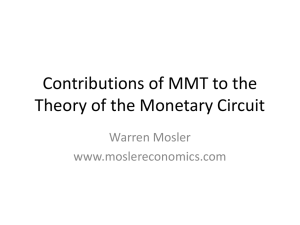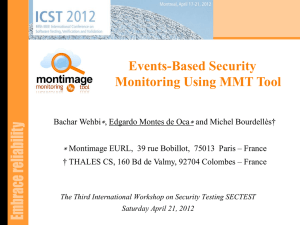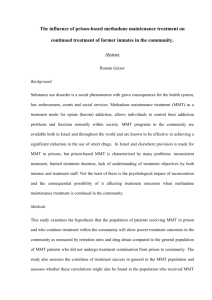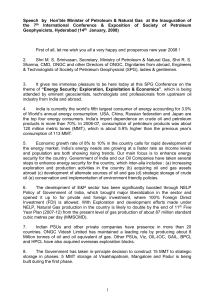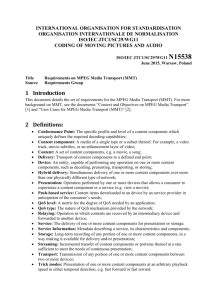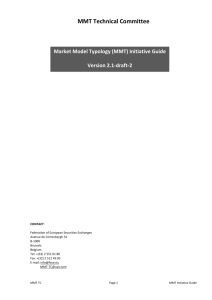The accuracy of kinesiology-style manual muscle testing to
advertisement
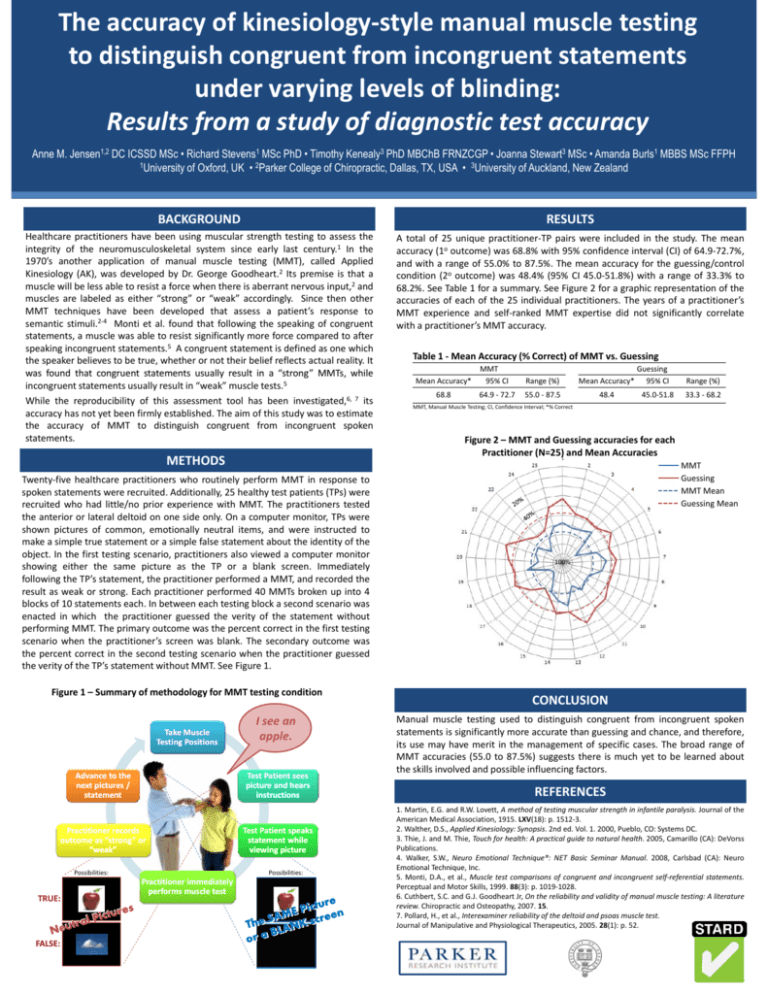
The accuracy of kinesiology‐style manual muscle testing to distinguish congruent from incongruent statements under varying levels of blinding: Results from a study of diagnostic test accuracy Results from a study of diagnostic test accuracy Anne M. Jensen1,2 DC ICSSD MSc • Richard Stevens1 MSc PhD • Timothy Kenealy3 PhD MBChB FRNZCGP • Joanna Stewart3 MSc • Amanda Burls1 MBBS MSc FFPH 1University of Oxford, UK • 2Parker College of Chiropractic, Dallas, TX, USA • 3University of Auckland, New Zealand BACKGROUND RESULTS Healthcare practitioners have been using muscular strength testing to assess the integrity of the neuromusculoskeletal system since early last century. century 1 In the 1970’s another application of manual muscle testing (MMT), called Applied Kinesiology (AK), was developed by Dr. George Goodheart.2 Its premise is that a muscle will be less able to resist a force when there is aberrant nervous input,2 and muscles are labeled as either “strong” or “weak” accordingly. Since then other MMT techniques have been developed that assess a patient’s response to semantic stimuli.2‐4 Monti et al. found that following the speaking of congruent statements, a muscle was able to resist significantly more force compared to after speaking incongruent statements.5 A congruent statement is defined as one which the speaker believes to be true, whether or not their belief reflects actual reality. It was found that congruent statements usually result in a “strong” strong MMTs, MMTs while incongruent statements usually result in “weak” muscle tests.5 While the reproducibility of this assessment tool has been investigated,6, 7 its accuracy has not yet been firmly established. The aim of this study was to estimate the accuracy of MMT to distinguish congruent from incongruent spoken statements. A total of 25 unique practitioner‐TP pairs were included in the study. The mean accuracy (1o outcome) t ) was 68.8% 68 8% with ith 95% confidence fid i t interval l (CI) off 64.9‐72.7%, 64 9 72 7% and with a range of 55.0% to 87.5%. The mean accuracy for the guessing/control condition (2o outcome) was 48.4% (95% CI 45.0‐51.8%) with a range of 33.3% to 68.2%. See Table 1 for a summary. See Figure 2 for a graphic representation of the accuracies of each of the 25 individual practitioners. The years of a practitioner’s MMT experience and self‐ranked MMT expertise did not significantly correlate with a practitioner’s MMT accuracy. METHODS Twenty‐five healthcare practitioners who routinely perform MMT in response to p statements were recruited. Additionally, y, 25 healthyy test p patients ((TPs)) were spoken recruited who had little/no prior experience with MMT. The practitioners tested the anterior or lateral deltoid on one side only. On a computer monitor, TPs were shown pictures of common, emotionally neutral items, and were instructed to make a simple true statement or a simple false statement about the identity of the object. In the first testing scenario, practitioners also viewed a computer monitor showing either the same picture as the TP or a blank screen. Immediately following the TP’s statement, the practitioner performed a MMT, and recorded the result as weak or strong. Each practitioner performed 40 MMTs broken up into 4 blocks of 10 statements each. In between each testing block a second scenario was practitioner gguessed the verityy of the statement without enacted in which the p performing MMT. The primary outcome was the percent correct in the first testing scenario when the practitioner’s screen was blank. The secondary outcome was the percent correct in the second testing scenario when the practitioner guessed the verity of the TP’s statement without MMT. See Figure 1. Figure 1 – Summary of methodology for MMT testing condition Take Muscle g Testing Positions Advance to the next pictures / statement Test Patient sees picture and hears instructions Practitioner records outcome as “strong” or “weak” Possibilities: TRUE: FALSE: I see an apple. Test Patient speaks statement while viewing picture Possibilities: Practitioner immediately performs muscle test Table 1 ‐ Mean Accuracy (% Correct) of MMT vs. Guessing Mean Accuracy* 68.8 MMT 95% CI Range (%) Mean Accuracy* 64.9 ‐ 72.7 55.0 ‐ 87.5 48.4 Guessingg 95% CI 45.0‐51.8 Range (%) 33.3 ‐ 68.2 MMT, Manual Muscle Testing; CI, Confidence Interval; *% Correct Figure 2 – MMT and Guessing accuracies for each Practitioner (N=25) and Mean Accuracies MMT Guessing MMT Mean Guessing Mean 100% CONCLUSION Manual muscle testing used to distinguish congruent from incongruent spoken statements is significantly more accurate than guessing and chance, and therefore, cases The broad range of its use may have merit in the management of specific cases. MMT accuracies (55.0 to 87.5%) suggests there is much yet to be learned about the skills involved and possible influencing factors. REFERENCES 1. Martin, E.G. and R.W. Lovett, A method of testing muscular strength in infantile paralysis. Journal of the American Medical Association, 1915. LXV(18): p. 1512‐3. 2. Walther, D.S., Applied Kinesiology: Synopsis. 2nd ed. Vol. 1. 2000, Pueblo, CO: Systems DC. 3. Thie, J. and M. Thie, Touch for health: A practical guide to natural health. 2005, Camarillo (CA): DeVorss Publications. 4. Walker, S.W., Neuro Emotional Technique®: NET Basic Seminar Manual. 2008, Carlsbad (CA): Neuro Emotional Technique, Technique Inc. Inc 5. Monti, D.A., et al., Muscle test comparisons of congruent and incongruent self‐referential statements. Perceptual and Motor Skills, 1999. 88(3): p. 1019‐1028. 6. Cuthbert, S.C. and G.J. Goodheart Jr, On the reliability and validity of manual muscle testing: A literature review. Chiropractic and Osteopathy, 2007. 15. 7. Pollard, H., et al., Interexaminer reliability of the deltoid and psoas muscle test. Journal of Manipulative and Physiological Therapeutics, 2005. 28(1): p. 52. MMT and Guessing accuracies for each Practitioner (N=25) and Mean Accuracies 100% MMT Guessing MMT Mean Guessing Mean

